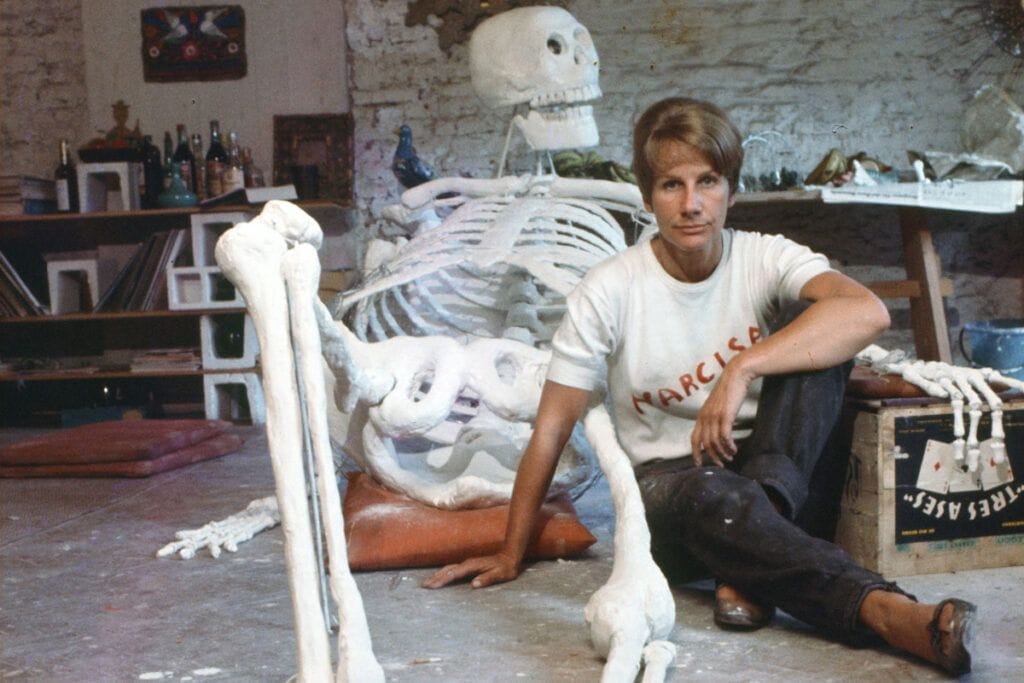
The German-Argentinian experimental filmmaker and artist Narcisa Hirsch passed away at the age of 96 at her home in Patagonia on May 4th, 2024. Her contributions to the flourishing of art and cinematography during the 1960s and 1970s had a crucial impact upon Argentinian society during what was a period of political repression. Later in life, her film works received greater recognition due to the efforts of the recently-established Filmoteca Narcisa Hirsch, which was created with the goal of preserving her legacy and digitizing her works for posterity.
Hirsch was born in Berlin in 1928 as the daughter of the Expressionist painter Heinrich Heuser and his Argentinian wife Narcisa Kilian. She and her mother visited Argentina in 1936 and decided to emigrate officially the next year, prior to the outbreak of the Second World War. She had shown an artistic streak from an early age and, at first, developed a predilection for painting, having her works displayed at various art galleries in the Argentinian capital, including Galería Lirolay.
In 1967 she joined an avant-garde group and transitioned to organizing art happenings as a form of protest against the increasingly restrictive political atmosphere that was instituted by the Onganía government. The first such happening created by Hirsch took on the form of a larger-than-life female skeleton which was filled with live neon-colored pigeons and draped in fresh fruit, called La Marabunta (The Swarm). This also represented her first foray into the world of cinema, as she hired the young cinematographer Raymundo Gleyzer to film this happening.
After 1967, she began experimenting with 16mm and 8mm film, addressing a series of topics such as love, death, the body and the female gaze. In her words, experimental cinema attained an ideological dimension divested of the layers of dross that had accumulated around film in its commercial and industrial manifestations. Due to the highly experimental nature of their projects, both politically-active filmmaking syndicates and commercial houses avoided association with her group of avant-garde artists. Forced to improvise screenings of her films at any venue that was willing to accept her art, the only formal recognition that she received throughout this time was at Goethe-Institut in Buenos Aires, which held projections of her works.
In the past year, a selection of Hirsch's films was presented at Media City Film Festival in Windsor-Detroit. Last month, Open City Documentary Festival in London showed a program of her work. Another major program of her films is scheduled at (S8) Mostra Internacional de Cinema Periférico in A Coruña at the end of May and the beginning of June, where previously unreleased works will be screened.
